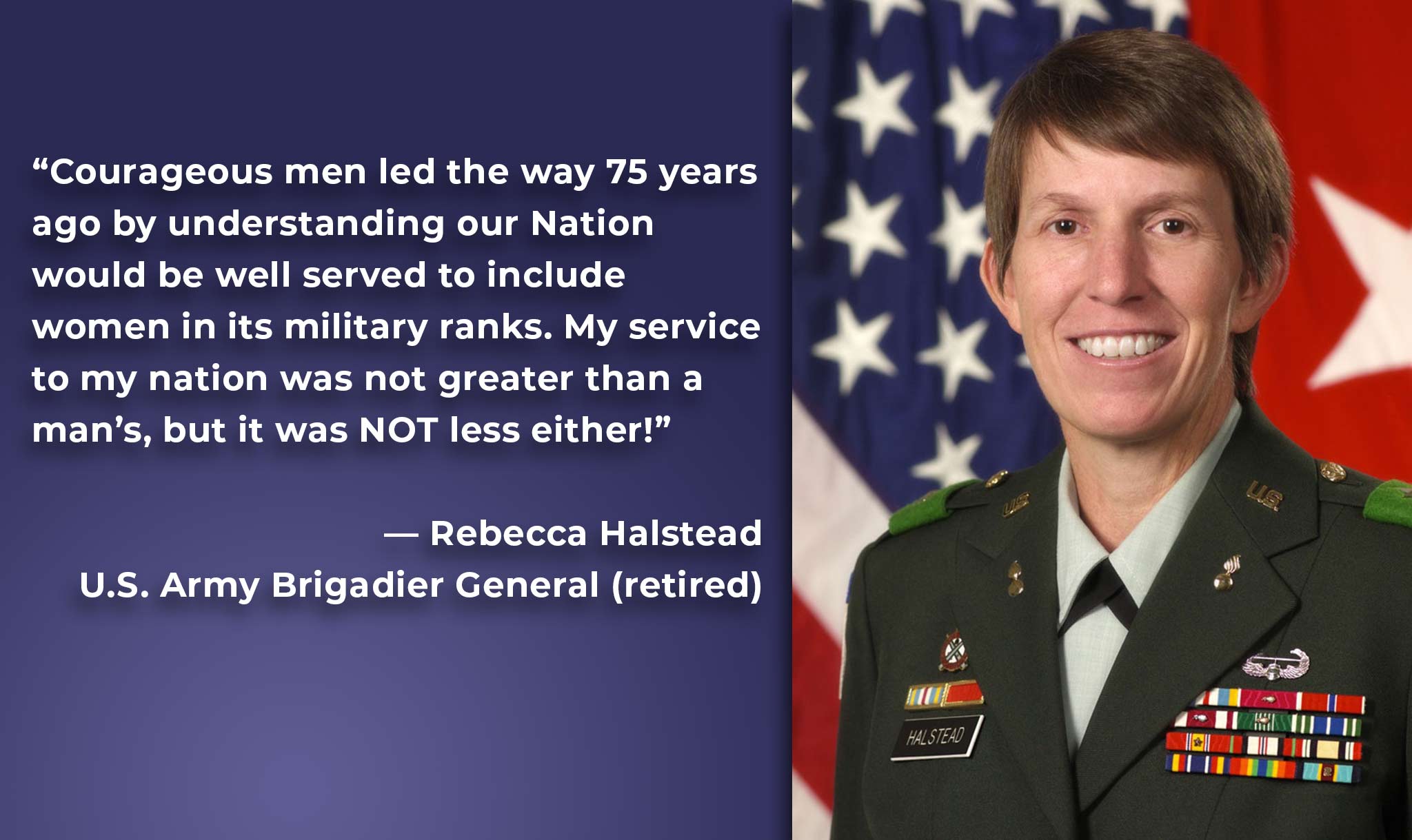Women always helped the U.S. military. They served as soldiers and spies. Women were cooks and captains too. For years, however, women could not be full members of America’s military. That changed on June 12, 1948. That’s when President Harry Truman signed the Women’s Armed Services Integration Act.
This law let women get jobs in the military. That included all branches of the armed forces. They could be full members during wartime or peace. And women didn’t just get equal service. They also were promised equal pay. The Women’s Armed Services Integration Act is now 75 years old.
Women helped in the Revolutionary War. That was from 1775 to 1783. Some cooked. Some took more bold action. For example, Deborah Sampson dressed like a man so she could fight. Margaret Corbin worked a cannon.
Women later took on greater roles in the military. Nearly 350,000 women served during World War II. Some served in the Women Air Service Pilots (WASP). The war ended in 1945. But most women could not keep their jobs.
Margaret Chase Smith spoke out about this. She was a member of Congress. “The issue is simple,” Smith said on April 6, 1948. “Either the armed services have a permanent need of women, or they do not,” she explained. “If they do, then women must be given permanent status.”
The Women’s Armed Services Integration Act changed that. But it was not perfect. Women could still not fight in combat. And the U.S. military limited the number of women. Still, the law created great change. Later laws let more women join the military. Now they can fight too.
Laura June Davis teaches history. “The Women’s Armed Services Integration Act helped to break down barriers,” she said. Davis said it “proved that women can also be warriors.”
Updated June 9, 2023, 5:01 P.M. (ET)
By Russell Kahn (Russ)





